What The Tech?! Radar
Radar provided new ways to track aircraft, boats and vehicles.
If you aren’t a medium member, you can read with no paywall via substack
The early days of aviation provided plenty of excitement. Not only was humanity learning about aviation and aerodynamics, but as aircraft evolved and performance increased, eventually we’d learn about navigation and tracking as well. While we’ve talked about GPS in previous articles as well as covering the importance of the radio spectrum in the modern age, there’s never been a discussion on just how evolutionary some of these systems were.
In today's What the Tech, we’ll take a look at radar systems through history and look at some of the benefits they provide to the modern world. Originally starting as a system for tracking aircraft, it evolved to provide targeting, mapping and navigation on air, sea and land. Let’s go! Radar systems are effectively high-powered transmitters and antennas. So they cover two things we love, antennas and the radio spectrum. Nice. Source: Wikipedia
Radar systems are effectively high-powered transmitters and antennas. So they cover two things we love, antennas and the radio spectrum. Nice. Source: Wikipedia
Discovery & Development
First discovered in 1886, it was German physicist Heinrich Hertz who was responsible for discovering that radio waves were capable of reflecting off a solid object. Following up on this research, Russian physicist Alexander Popov carried out further work around the turn of the century at the Russian Naval Academy. During this research, while testing communications between two ships, it was noticed that a third ship caused an interference beat. While this was noted with some excitement at the time, it would take the dawn of the 1900s and further conflict to bring the concept of Radar systems into mainstream use.
It’s important to remember that back then, the radio spectrum was a relatively new and somewhat misunderstood beast. While many understood its existence and were able to correctly experiment with the new technology, others, lacked the understanding required to best leverage the system. However, despite this, the promise of new methods of navigation, communication and mapping was well understood, even if it was unsure of just how much this new technology could impact the world.
Because of this, transmitters and antennas were quite rudimentary, with spark gap transmitters being very common. These transmitters would emit a broadband signal across large parts of the spectrum which often had the potential to cause significant interference. In fact, the emitted signal is so dirty, that in today's modern world, it’s illegal to use a spark gap transmitter in most Western countries.
It’s also worth mentioning that while the radio spectrum was undergoing its discovery phase, many modern methods were used to discover other systems. For instance experimenting with weather identification and geolocation, radio direction finding methods were used to increase accuracy. So, it was an exciting time for science, with many projects occurring in different countries under the control of various researchers.
Wartime Usage
While research continued in the early 1900s and during the First World War, it was the Second World War that provided the biggest leap in both technological advances and the usage of Radar Systems. While early systems were large, unwieldy devices that were mostly incapable of being fitted to aircraft and other smaller vehicles, there was a technological development that would occur that would upend this attitude entirely.
Known as the cavity magnetron, this system would provide the first steps toward miniaturisation and the adaptation of radar on boats, aircraft and land vehicles. Using a magnetic field to generate electrons, the magnetron could be mass-produced, and provided smaller wavelength signals more effectively, allowing gigahertz frequency radar to move from a mere concept to actionable systems.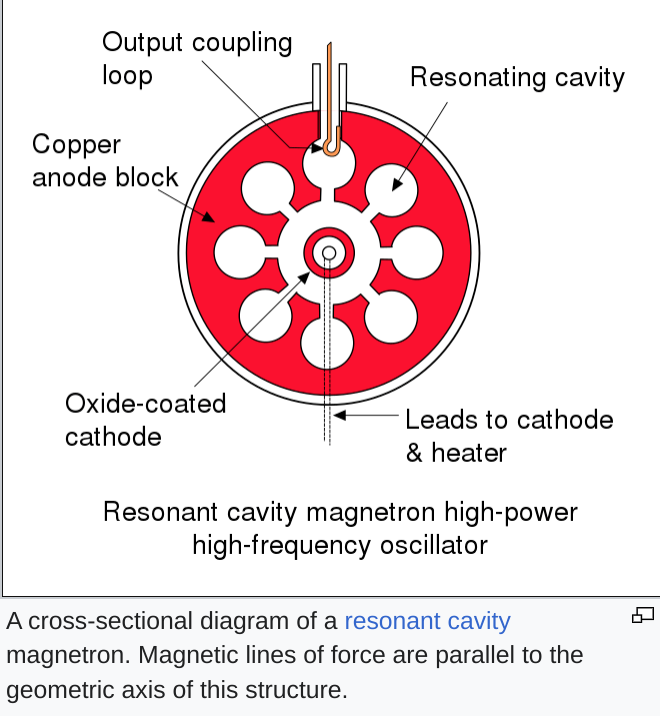
While the design tends to vary according to the wavelength and specific system used, the image above shows the general concept of the magnetron as well as how it works. The magnetron was so important that it remained a classified device through to the end of the Second World War. Despite this, German researchers were able to recover several devices from crashed aircraft and eventually ended up developing their own units, while the British would later go on to share the technology with American researchers.
However, it was the British that would gain the most from the new systems, and it was the Battle of Britain that would become the turning point for this new piece of technology.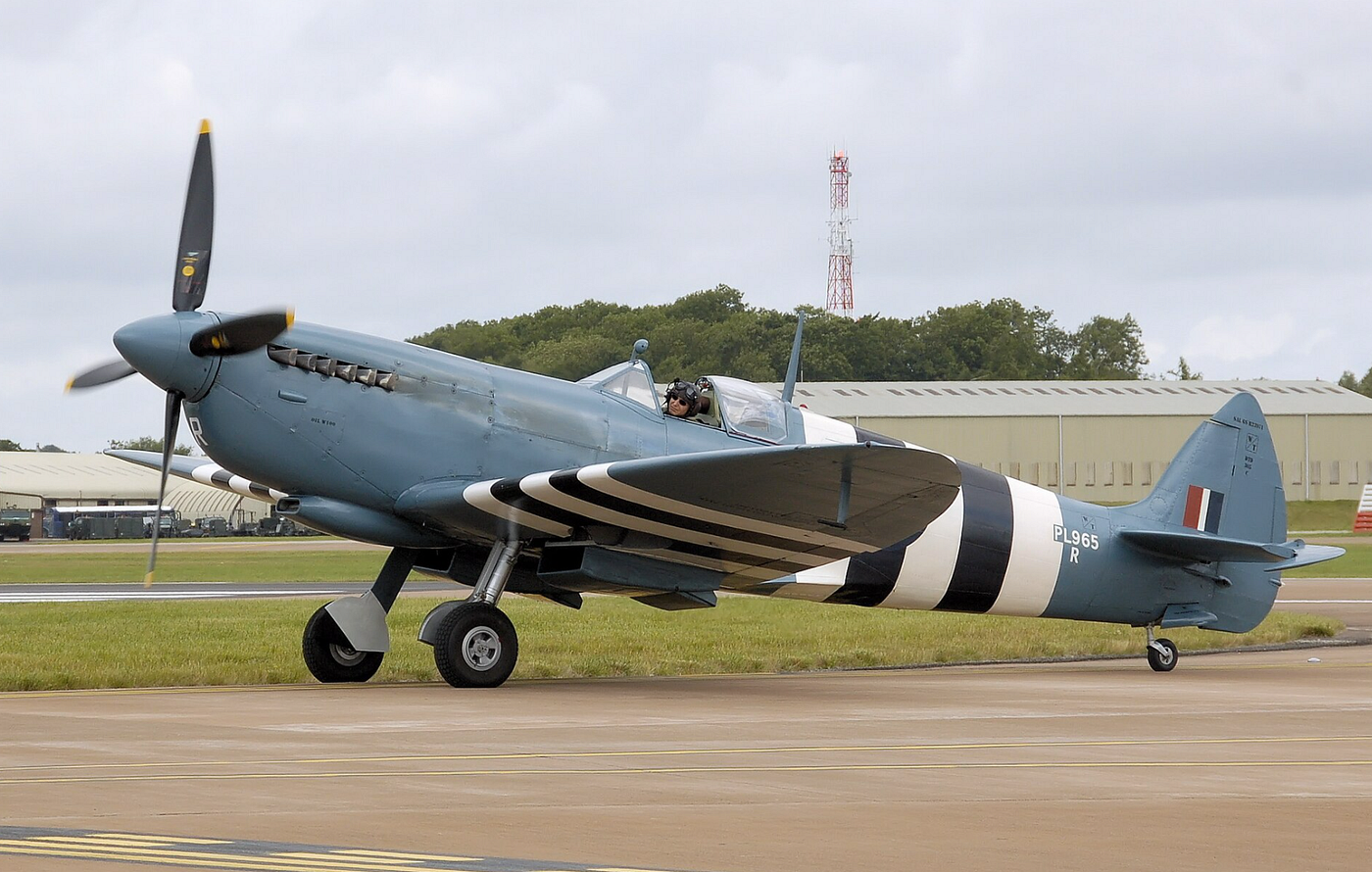 The Supermarine Spitfire (pictured), the Hawker Hurricane and Chain Home Radar systems were key to Britain's victory in the battle of Britain. Source: Wikipedia.
The Supermarine Spitfire (pictured), the Hawker Hurricane and Chain Home Radar systems were key to Britain's victory in the battle of Britain. Source: Wikipedia.
Prior to the commencement of World War 2, the British military invested time and money into a little-known system called Chain Home.
Developed in the late 1930s, Chain Home sites were scattered across the coastline and used both a Hi and Low band system to track enemy aircraft as they approached the coastline. Using this system meant that the Royal Air Force could achieve two goals in one. Not only could they meet the bombers on approach, but by using radar-guided intercept strategies, they could achieve the best scramble performance from a slowly dwindling pool of aircraft.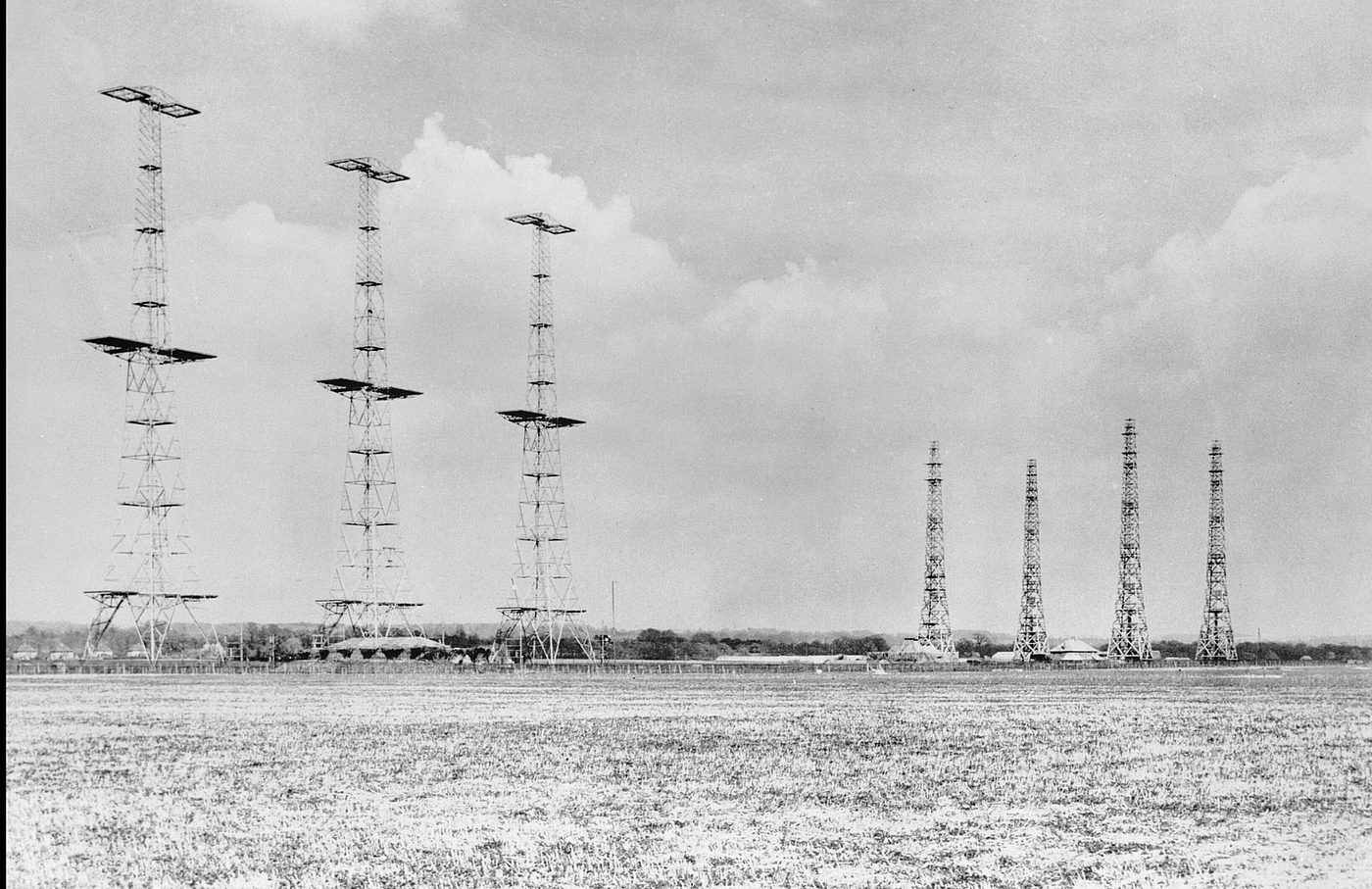 Early Chain Home Station pictured in the 90s. Source: Wikipedia.
Early Chain Home Station pictured in the 90s. Source: Wikipedia.
While the Germans did attack several Chain Home stations in the early stages of the war, they failed to recognise the significance of such sites, and eventually, the attacks stopped. Chain Home would eventually be partly responsible for the British victory during the Battle of Britain.
Modern World
While refinement continued during the World War Two era, it was in the post-war world that further research was carried out and radar systems began to diversify further, being used for both mapping and navigation purposes and usage increasing in most sectors.
We would also see the development of high-powered radar systems during the first sections of the space race, with the systems being used to track satellites, spacecraft and debris as they moved through orbit.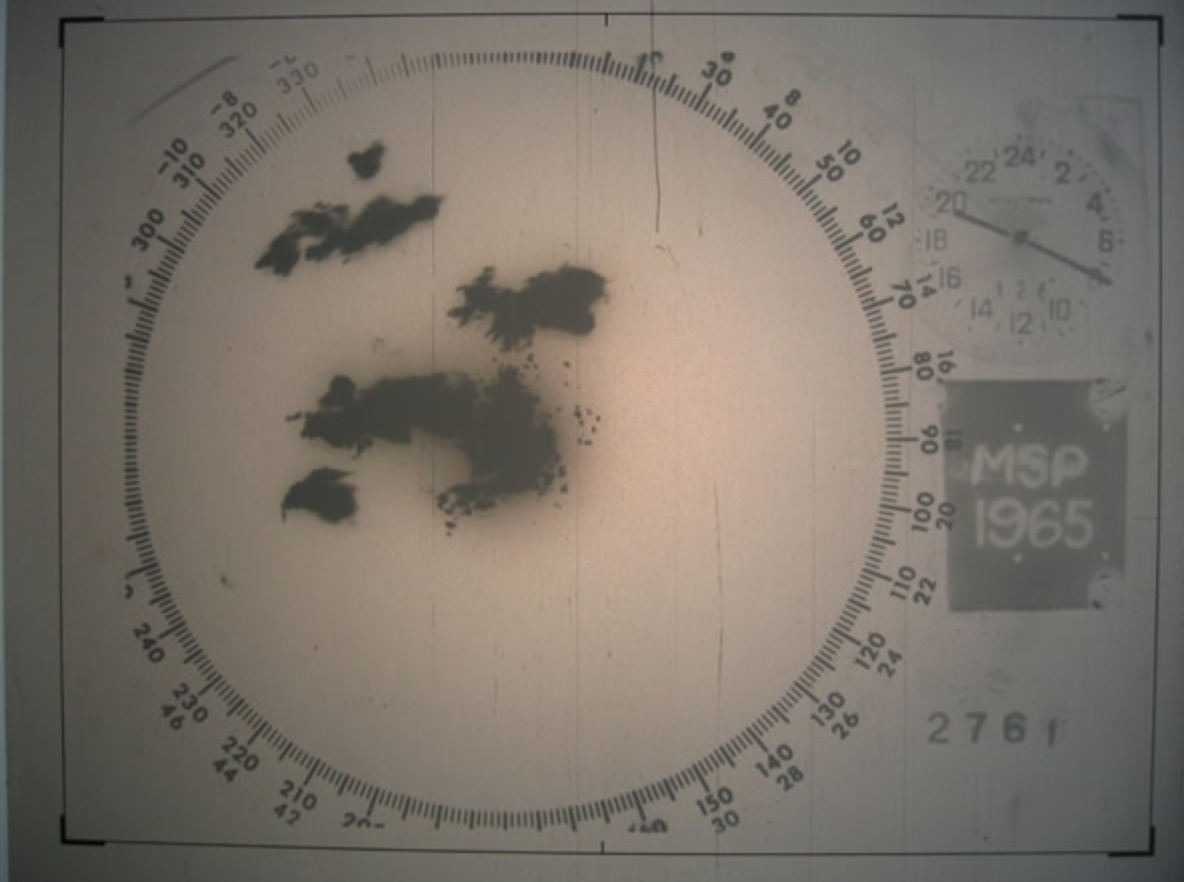 Weather radar promised great advancement in both aviation and meteorology. Source: Wikipedia.
Weather radar promised great advancement in both aviation and meteorology. Source: Wikipedia.
However, it was the maritime world that benefitted from much of this post-war technology boom. While radar was becoming more common for navigation purposes, at sea, radar systems promised much in the way of advancements to safe navigation when paired with GPS.
We also saw further developments in the aviation space, eventually leading to the “look down shoot down” systems that nearly all Western fighters use today. This provided greater targeting sensitivity, extended range to most systems and the ability to track low-flying aircraft using nap of the earth (NOE) evasion methods. Eventually, this would lead to surface and air-to-air missiles and an overall reduction in the usage of aviation-based canon gunfire (despite radar-guided gun systems). In fact, it’s so rare that in today's world, some variants of the F-35 Lightning have no onboard cannon at all, relying on a podded system for usage.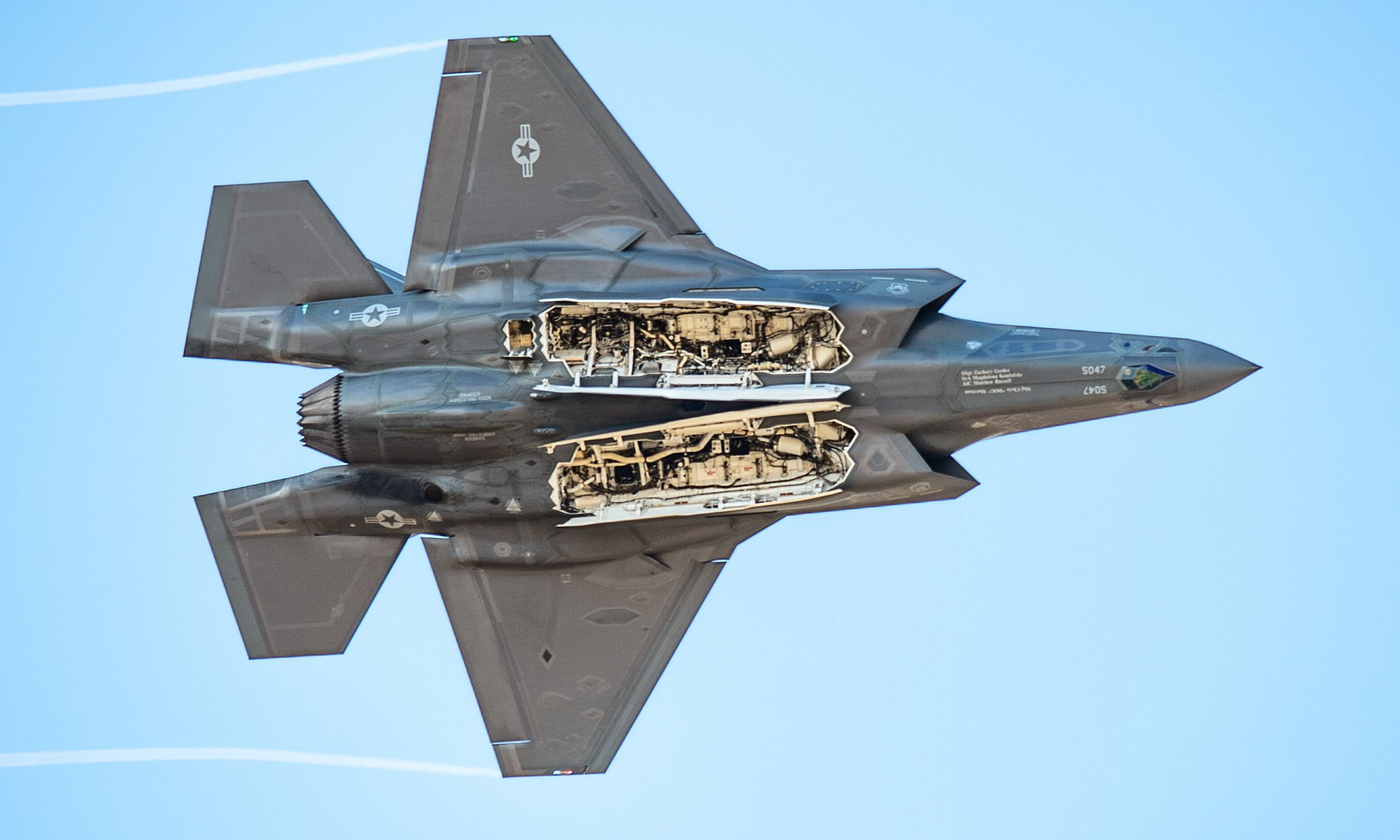 Some variants of the F-35 carry no internal cannon, relying on a podded system instead. Source: Wikipedia.
Some variants of the F-35 carry no internal cannon, relying on a podded system instead. Source: Wikipedia.
However technology wasn't stagnant, and as radar systems were being fitted to boats and aircraft, radar was also undergoing further development in the civilian world. Weather forecasting and meteorology gained much from the implementation of weather radar and as a result, our ability to monitor and predict the weather improved dramatically.
Looking Ahead
As electronics evolved, the miniaturisation boom provided massive massive upgrades to the way we used these systems for both civilian and military systems.
Air-to-air weapon systems moved from the semi-active homing AIM-7 Sparrow design to the fully active homing version of the AIM-120 AMRAAM, with a significant gain in both functionality and probability of kill rates.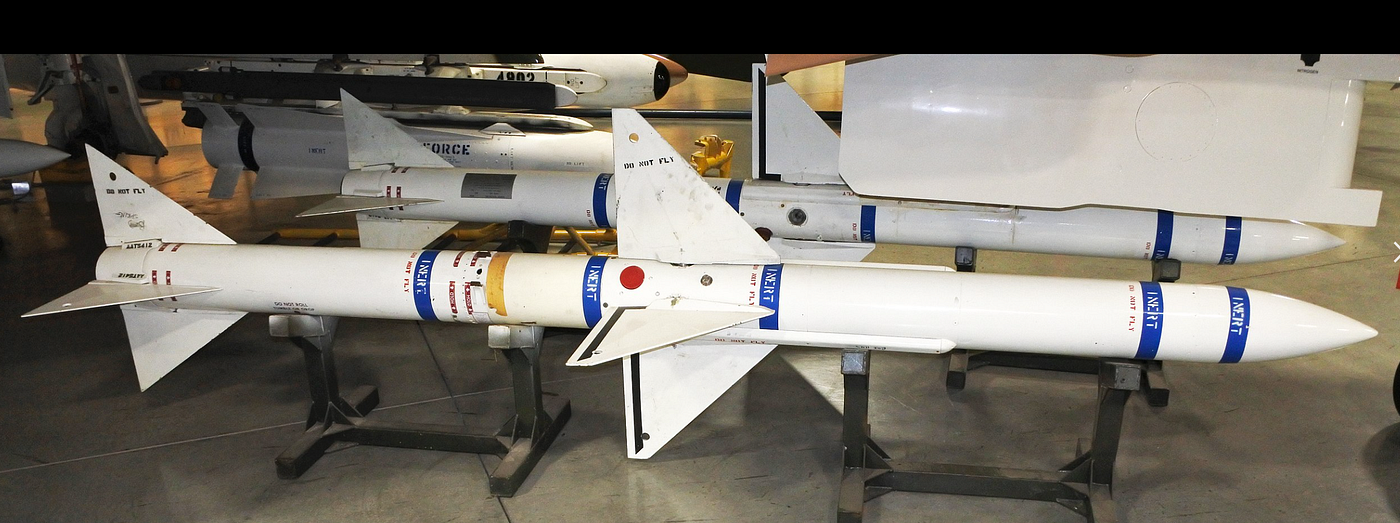 Radar developments would eventually see the archaic AIM-7 be retired from airborne service. Source: Wikipedia.
Radar developments would eventually see the archaic AIM-7 be retired from airborne service. Source: Wikipedia.
We also saw an increase in large, mobile systems that were designed to excel in their role. We would see this on aircraft of all types, with the Airborne Early Warning role being refined over the years, while the large, space-based radar system would continue to be refined and developed. Eventually, these refinements would allow it to track space debris as small as a golf ball.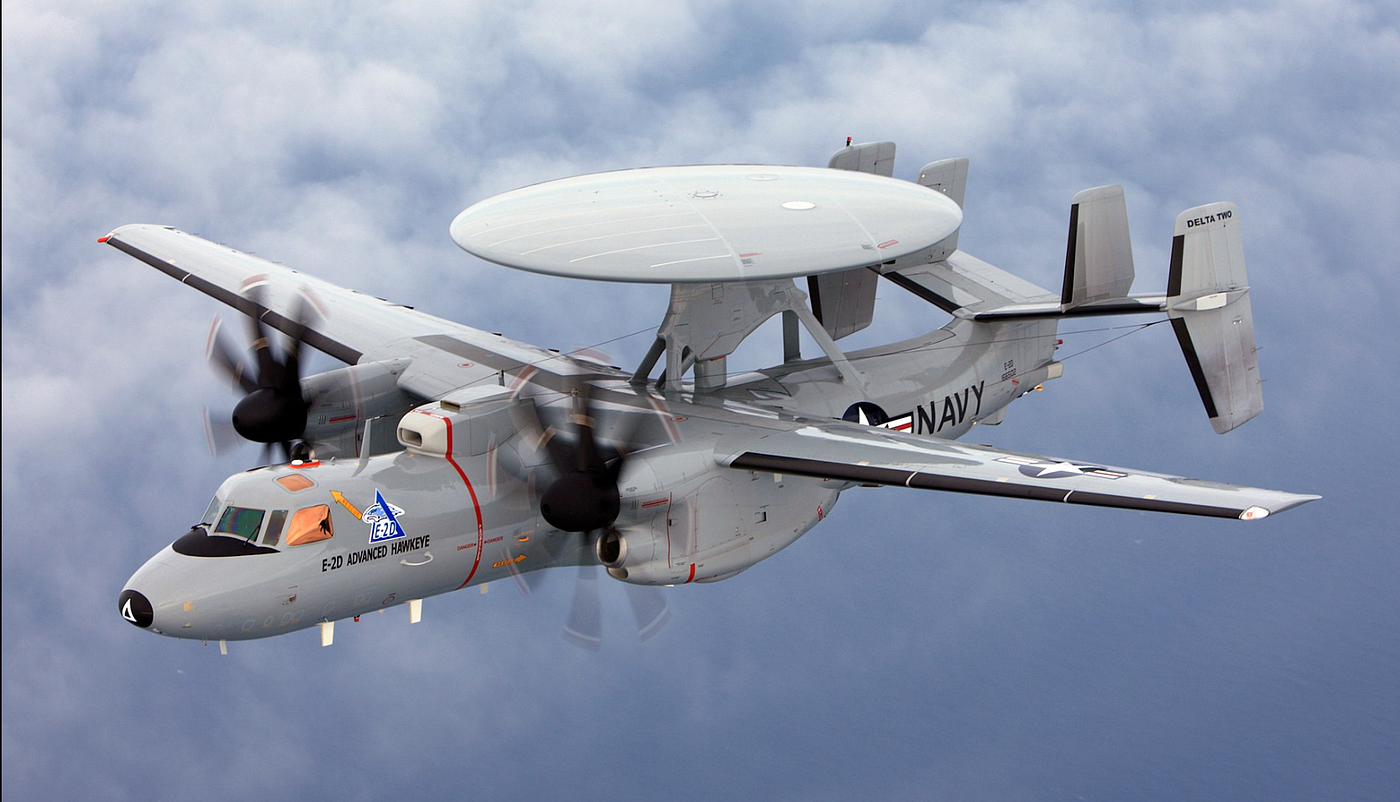 Airborne radar systems such as the E-2 Hawkeye can provide radar coverage up to hundreds of km away. Source: Wikipedia.
Airborne radar systems such as the E-2 Hawkeye can provide radar coverage up to hundreds of km away. Source: Wikipedia.
We’d also see small compact, radar and lidar systems being fitted to automobiles and other land-based systems. While they haven’t yet been able to provide the performance needed to make a full self-driving system, they have been an important step along the path to achieving this goal.
Lastly, we also are starting to see a greater focus on space-based warning and radar systems as the new space race starts to heat up. While radar systems were sent to space early in the first space race, modern technology makes these systems far more reliable and usable.
With many of these space and air-based systems detectable by civilians, the radio spectrum can be an exciting place to carry out research.
What The Tech is our recurring, twice-monthly piece that looks at the technology that was essential in shaping our modern world.
Medium has recently made some algorithm changes to improve the discoverability of articles like this one. These changes are designed to ensure that high-quality content reaches a wider audience, and your engagement plays a crucial role in making that happen.
If you found this article insightful, informative, or entertaining, we kindly encourage you to show your support. Clapping for this article not only lets the author know that their work is appreciated but also helps boost its visibility to others who might benefit from it.
🌟 Enjoyed this article? Support our work and join the community! 🌟
💙 Support me on Ko-fi: Investigator515
📢 Join our OSINT Telegram channel for exclusive updates or
📢 Follow our crypto Telegram for the latest giveaways
🐦 Follow us on Twitter and
🟦 We’re now on Bluesky!
🔗 Articles we think you’ll like:
- What The Tech?! Rocket Engines
- OSINT Investigators Guide to Self Care & Resilience
✉️ Want more content like this? Sign up for email updates



































































